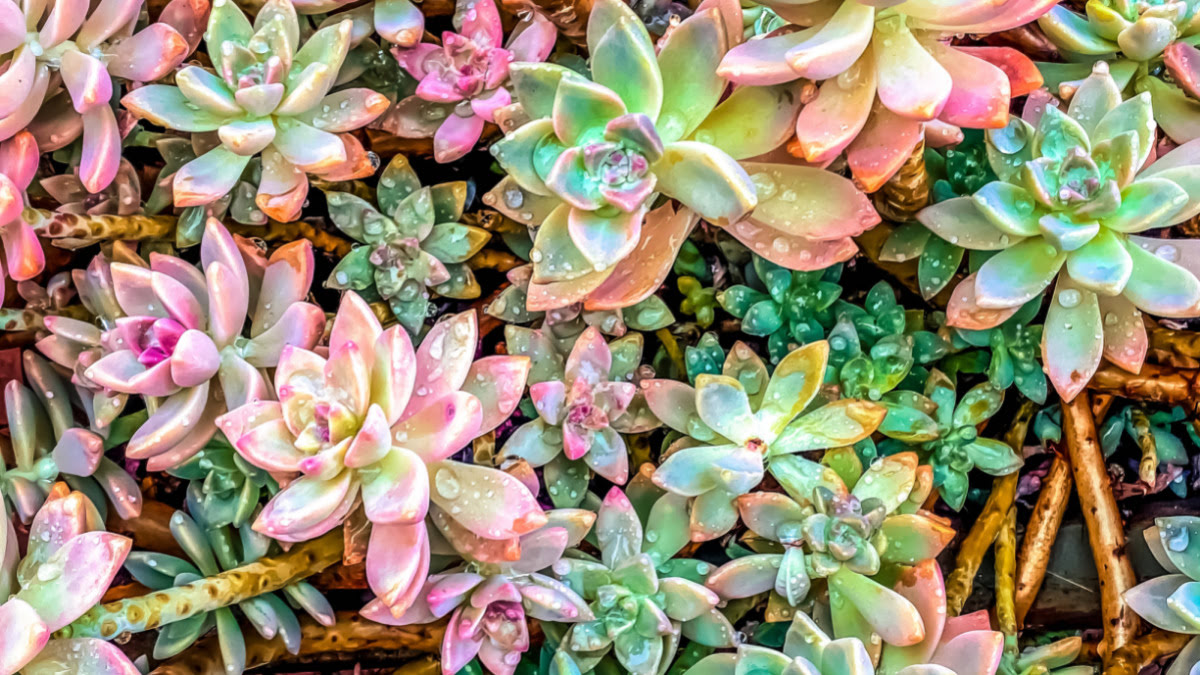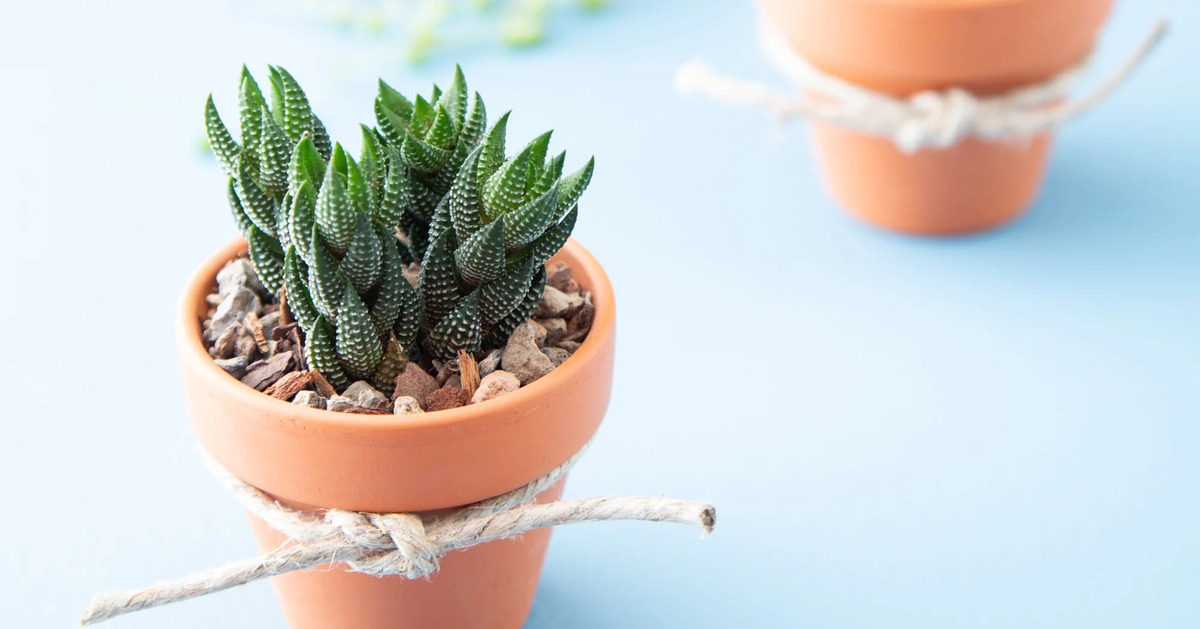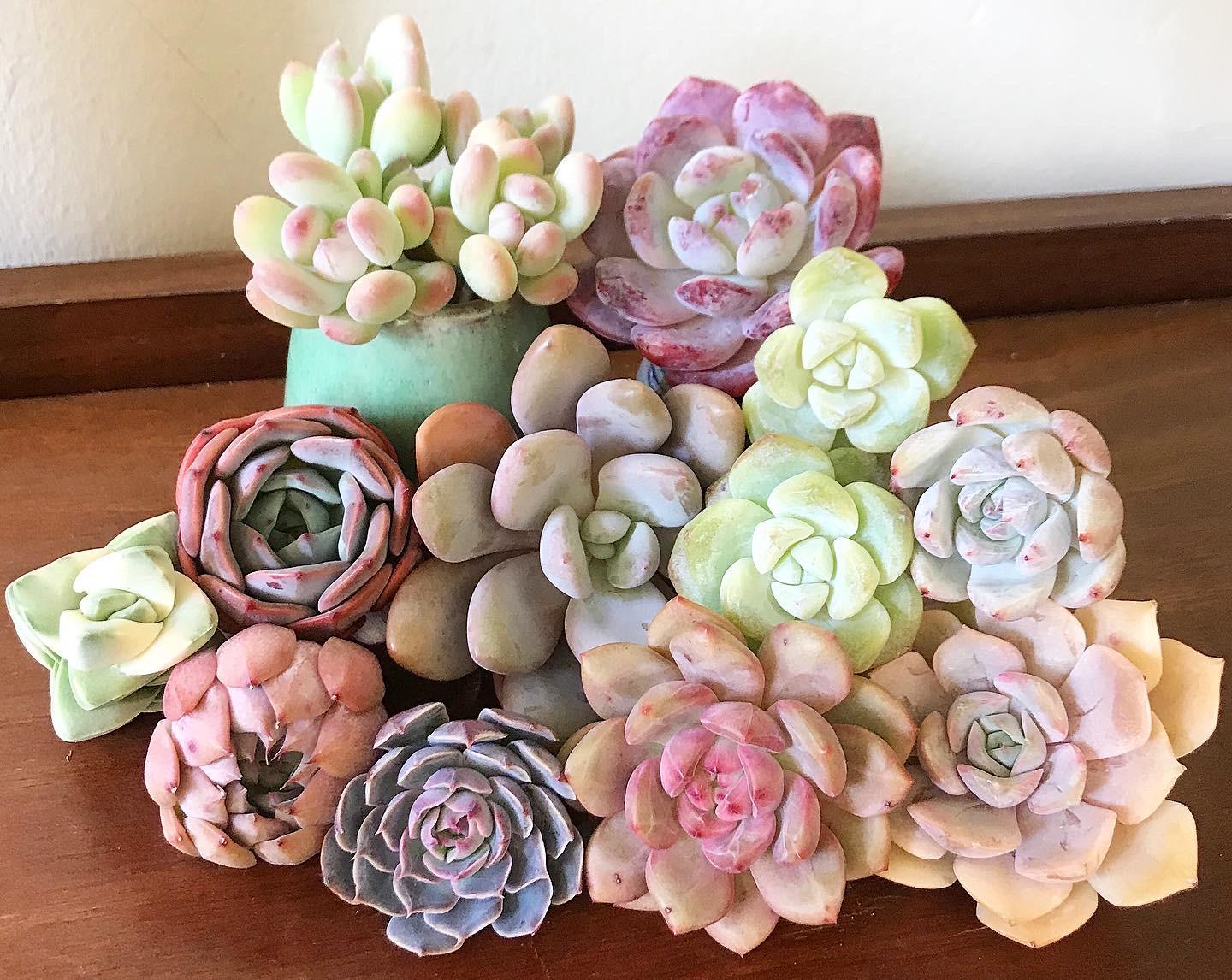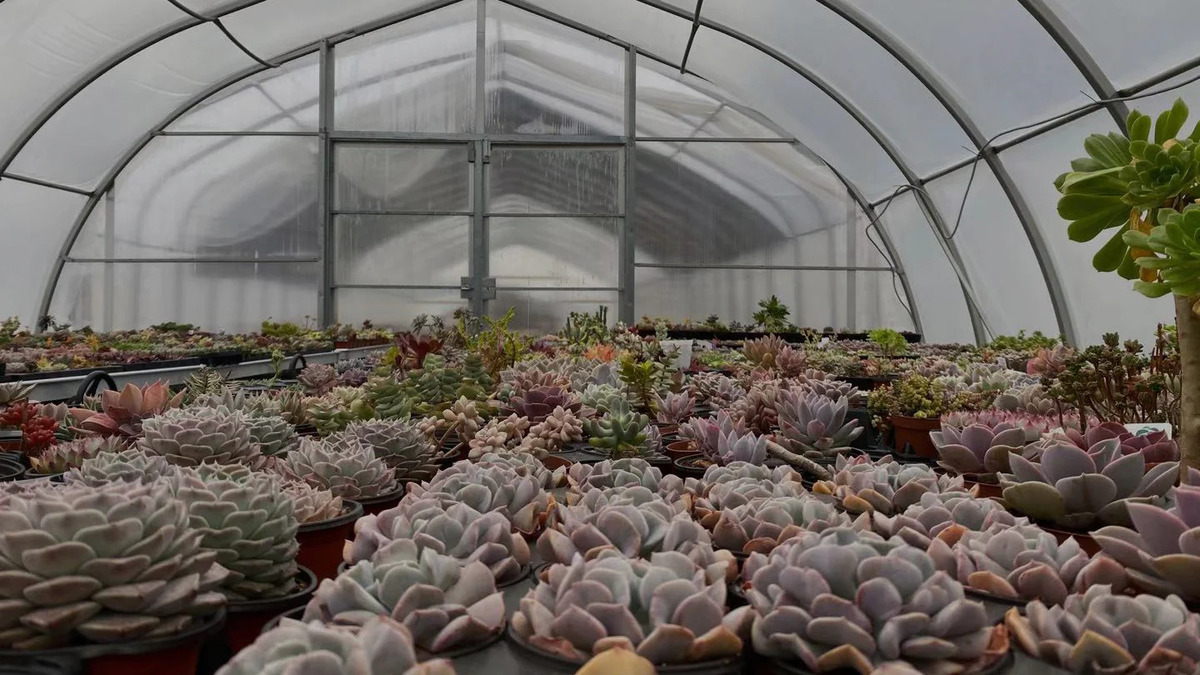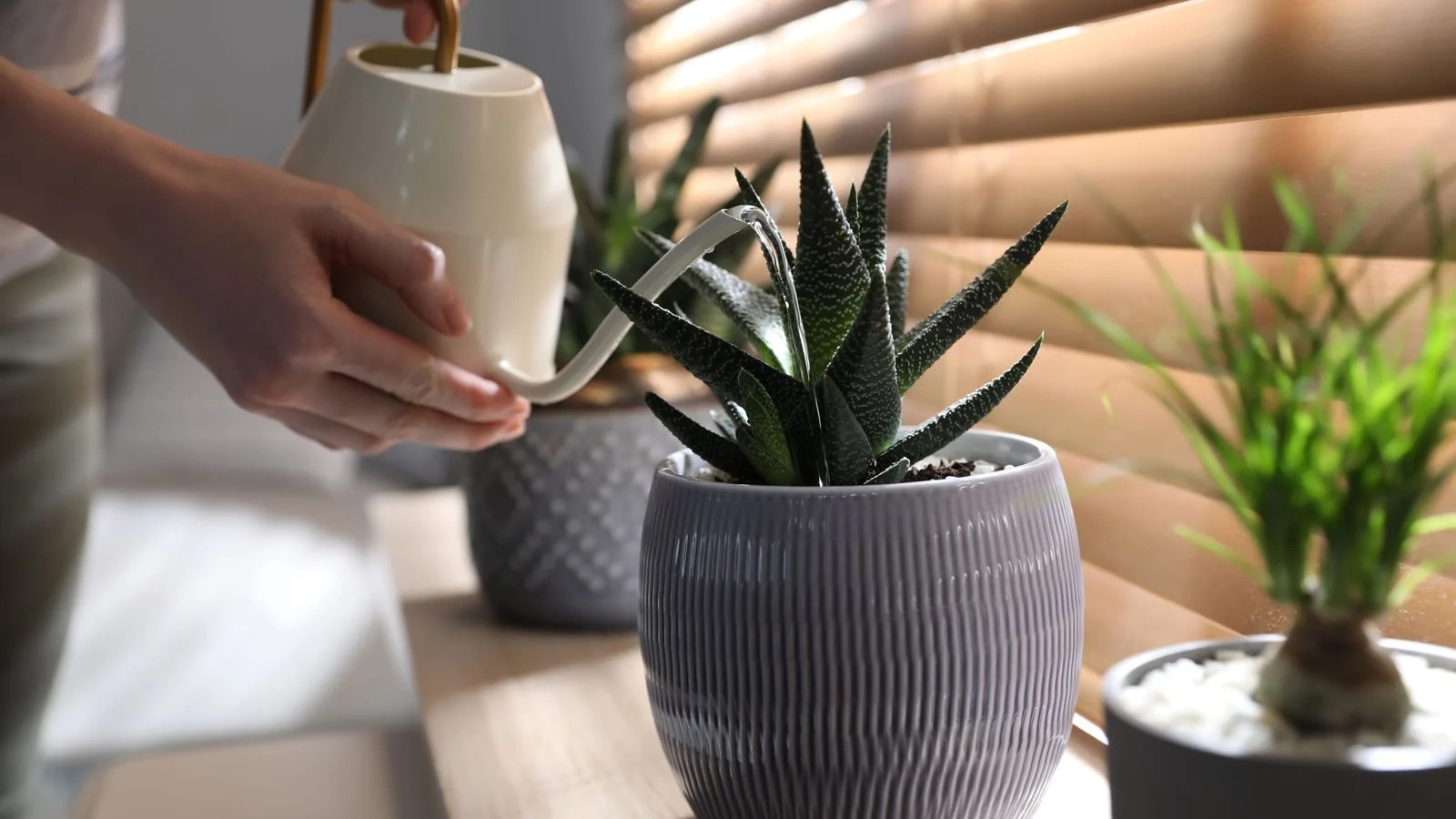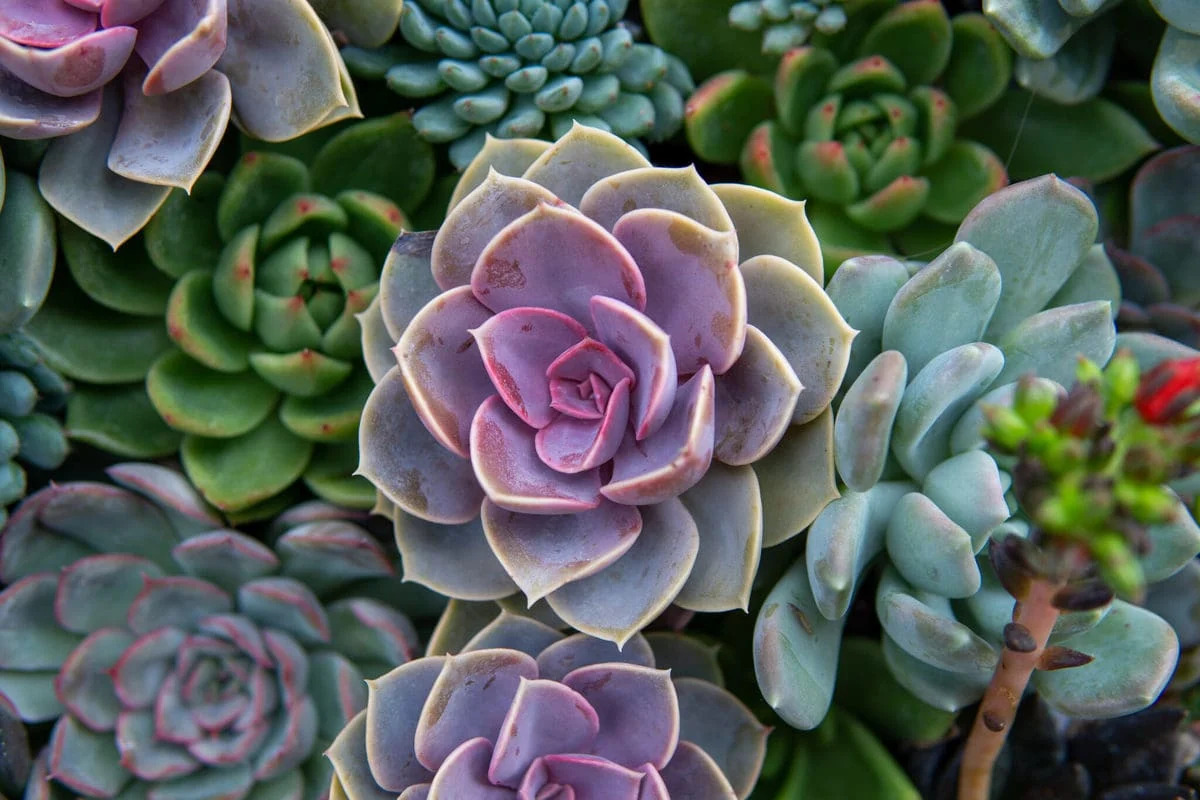Home>Types of Gardening>Ornamental Gardening>Where To Put Succulents Indoors
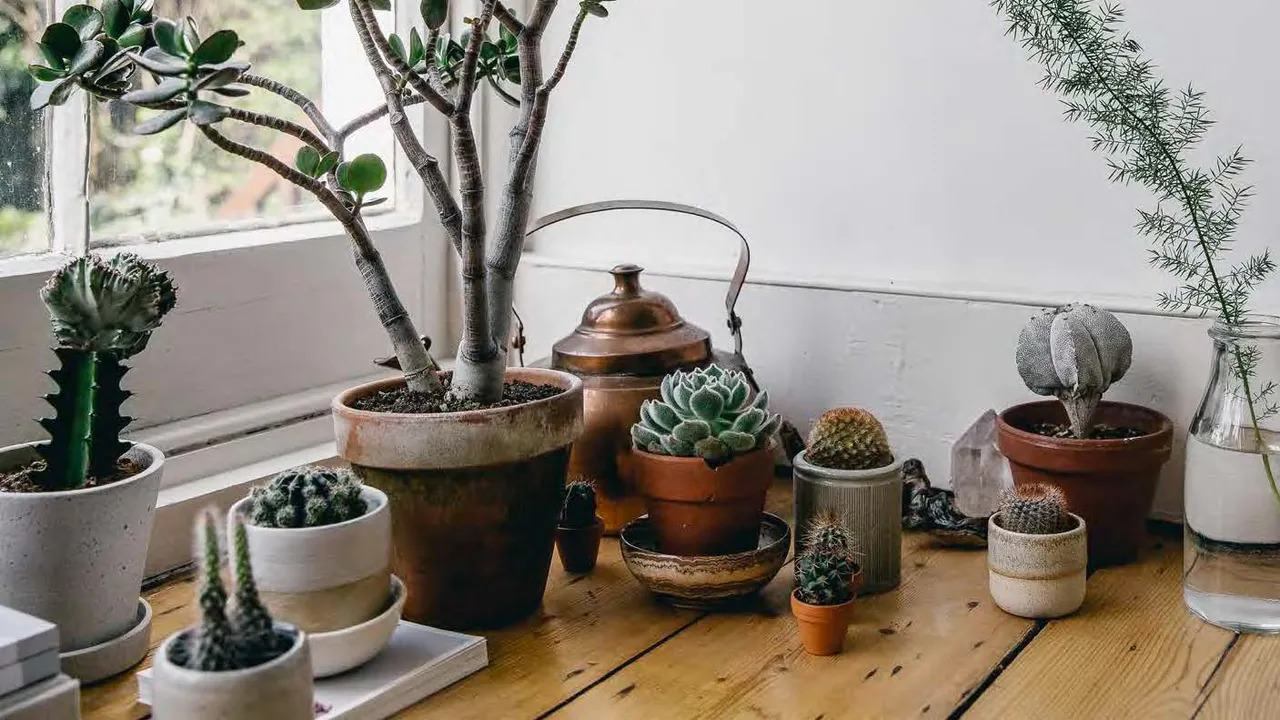

Ornamental Gardening
Where To Put Succulents Indoors
Modified: January 22, 2024
Discover the best spots for indoor succulents in your home with our expert ornamental gardening tips. Learn where to place succulents for optimal growth and beauty.
(Many of the links in this article redirect to a specific reviewed product. Your purchase of these products through affiliate links helps to generate commission for Chicagolandgardening.com, at no extra cost. Learn more)
Table of Contents
Introduction
Introduction
Succulents have surged in popularity as indoor plants due to their low maintenance and striking appearance. These plants, known for their fleshy leaves and ability to store water, thrive in arid environments. Cultivating succulents indoors offers a convenient way to bring a touch of nature into your living space while adding a modern, minimalist aesthetic. Whether you're a seasoned gardener or a novice plant enthusiast, incorporating succulents into your indoor environment can be a rewarding and enjoyable experience.
The allure of succulents lies in their diverse shapes, colors, and textures, making them versatile additions to any indoor setting. From the compact rosettes of Echeveria to the trailing vines of String of Pearls, there is a wide array of succulent varieties to choose from, each with its own unique charm. With the right care and attention, these captivating plants can thrive indoors, adding a touch of greenery to your home or office.
Indoor succulent gardening offers a delightful way to showcase your creativity through the arrangement and display of these charming plants. Whether adorning a sunny windowsill, perched on a bookshelf, or featured in a hanging planter, succulents can be showcased in various creative ways to enhance the ambiance of any indoor space. Understanding the best locations for indoor succulents, selecting suitable containers, providing proper soil and drainage, and meeting their watering and light requirements are essential aspects of successful indoor succulent cultivation. By mastering these elements, you can create an inviting and visually appealing indoor oasis filled with vibrant, resilient succulents.
Best Indoor Locations for Succulents
Best Indoor Locations for Succulents
When it comes to cultivating succulents indoors, selecting the right locations within your living space is crucial for ensuring their health and vitality. Succulents are renowned for their love of sunlight, making bright, well-lit areas the ideal choice for showcasing these resilient plants. Here are some of the best indoor locations to consider:
- South-Facing Windows: Placing succulents near south-facing windows provides them with ample sunlight, making it an excellent location for sun-loving varieties such as Aloe Vera, Haworthia, and Echeveria. These windows typically receive the most intense and direct sunlight throughout the day, offering an optimal environment for succulent growth.
- East or West-Facing Windows: If south-facing windows are scarce, east or west-facing windows can also provide sufficient light for succulents. While the intensity of the sunlight may be slightly lower, these locations still offer a good amount of natural light, making them suitable for a wide range of succulent species.
- Balconies and Patios: If you have outdoor spaces such as balconies or patios, these areas can serve as ideal locations for succulents, especially during the warmer months. The abundance of natural light and fresh air can promote robust growth and vibrant colors in your succulent collection.
- Bright, Well-Lit Rooms: Rooms with ample natural light, such as sunrooms or areas near skylights, can also provide suitable conditions for succulents. Placing them in these well-lit spaces allows you to enjoy their beauty while enhancing the aesthetic appeal of the room.
By strategically placing your succulents in these optimal indoor locations, you can create visually captivating displays while ensuring that your plants receive the light they need to thrive. Understanding the sunlight requirements of different succulent species will help you determine the best locations within your home to showcase these remarkable plants.
Choosing the Right Containers
Choosing the Right Containers
When it comes to cultivating succulents indoors, selecting the appropriate containers is essential for providing an optimal growing environment. The right containers not only complement the visual appeal of your succulents but also contribute to their overall health and well-being. Here are key considerations for choosing the right containers for your indoor succulents:
- Drainage: Opt for containers with drainage holes to prevent water from accumulating at the bottom, which can lead to root rot and other moisture-related issues. Proper drainage is crucial for succulents, as it allows excess water to escape, promoting healthy root systems and preventing waterlogged soil.
- Material: Select containers made from breathable materials such as terracotta or unglazed ceramic, as they allow air to circulate around the roots and help prevent overwatering. These materials also absorb excess moisture, reducing the risk of waterlogged soil and root rot.
- Size and Depth: Choose containers that provide ample room for the succulents’ root systems to spread out. While shallow containers are suitable for some succulent varieties, others with deeper root systems may require larger, deeper pots to accommodate their growth. Ensure that the containers offer sufficient space for the plants to thrive.
- Aesthetic Appeal: Consider the visual impact of the containers and how they complement the overall decor of your indoor space. Opt for containers that enhance the beauty of your succulents and align with your personal style, whether you prefer modern, minimalist designs or more ornate, decorative pots.
- Multiple Plantings: For creating captivating arrangements, consider using multiple containers or a single large container with compartments to showcase different succulent varieties. This allows you to experiment with various combinations and create visually stunning displays within your home.
By carefully selecting containers that prioritize drainage, appropriate materials, size, and aesthetic appeal, you can create an ideal environment for your indoor succulents to thrive. The right containers not only contribute to the well-being of your plants but also serve as decorative elements that elevate the overall ambiance of your living space.
Proper Soil and Drainage
Proper Soil and Drainage
Creating the right soil environment and ensuring proper drainage are essential factors in the successful cultivation of indoor succulents. The unique water storage capabilities of succulents require a well-draining soil mixture to prevent waterlogged conditions that can be detrimental to their health. Here’s what you need to know about selecting the proper soil and ensuring effective drainage for your indoor succulents:
- Well-Draining Soil: Use a specialized succulent or cactus potting mix that promotes rapid drainage and aeration. These blends are designed to mimic the natural, rocky environments where succulents thrive, allowing excess water to pass through the soil quickly and reducing the risk of root rot.
- Amendment Options: If a commercial succulent mix is not available, you can create a suitable blend by adding coarse sand, perlite, or pumice to standard potting soil. These amendments improve drainage and enhance the soil’s ability to retain just enough moisture for the succulents without becoming waterlogged.
- Container Preparation: Before planting your succulents, ensure that the containers have adequate drainage holes to allow excess water to escape. Additionally, consider adding a layer of small stones or broken pottery shards at the bottom of the containers to further facilitate drainage and prevent the soil from becoming compacted over time.
- Avoiding Water Retention: Succulents are highly susceptible to overwatering, so it’s crucial to use soil that minimizes water retention. Excess moisture around the roots can lead to fungal issues and root rot, compromising the health of the plants. Well-draining soil and proper container drainage are essential for preventing these issues.
- Monitoring Moisture Levels: Regularly check the moisture levels in the soil to ensure that it dries out between waterings. This practice helps prevent waterlogged conditions and allows the succulents’ root systems to access the air they need to thrive. Adjust your watering frequency based on the specific needs of each succulent variety and the environmental conditions in your home.
By providing indoor succulents with a well-draining soil medium and ensuring effective drainage, you can create an environment that supports their unique water storage capabilities while minimizing the risk of moisture-related issues. These measures are essential for maintaining the health and vitality of your indoor succulent collection.
Watering and Light Requirements
Watering and Light Requirements
Understanding the specific watering and light needs of indoor succulents is crucial for nurturing these resilient plants and ensuring their long-term health. Succulents have adapted to thrive in arid environments, storing water in their leaves and stems to sustain them through dry periods. Proper watering and adequate light exposure are essential components of successful indoor succulent care:
- Watering Frequency: Succulents thrive in well-draining soil and prefer to dry out between waterings. Avoid overwatering, as this can lead to root rot and other moisture-related issues. Instead, water the plants thoroughly, allowing excess water to drain out of the containers, and then wait until the soil dries before watering again. The frequency of watering will depend on factors such as the succulent species, environmental conditions, and the type of soil used.
- Light Intensity: Providing adequate light is essential for the health and vibrancy of indoor succulents. Place them in locations where they can receive bright, indirect sunlight for several hours each day. South-facing windows are ideal for sun-loving succulents, while east or west-facing windows can also provide sufficient light. If natural light is limited, consider supplementing with grow lights to ensure that the plants receive the illumination they need to thrive.
- Monitoring Light Levels: Observe how your succulents respond to their light exposure. If the plants start to stretch or become leggy, it may indicate that they are not receiving enough light. In contrast, if the leaves develop sunburn or discoloration, they may be receiving too much direct sunlight. Adjust the placement of your succulents to optimize their light exposure and promote healthy growth.
- Seasonal Adjustments: Be mindful of seasonal changes in light intensity and temperature. During the winter months, when daylight hours are shorter and the sun’s angle is lower, you may need to reposition your succulents to ensure they receive adequate light. Additionally, monitor their watering needs, as succulents generally require less water during the winter when their growth slows down.
By adhering to proper watering practices and providing adequate light exposure, you can create an environment that supports the natural resilience and beauty of indoor succulents. These measures are essential for promoting healthy growth and maintaining the striking appearance of these captivating plants within your home.
Maintenance Tips for Indoor Succulents
Maintenance Tips for Indoor Succulents
While succulents are renowned for their resilience and low-maintenance nature, providing consistent care is essential for ensuring their long-term health and vitality. Incorporating the following maintenance tips into your indoor succulent care routine will help you cultivate thriving and visually stunning plant displays:
- Regular Inspections: Routinely inspect your succulents for signs of pests, disease, or any issues related to watering and light exposure. Early detection of problems allows for prompt intervention, minimizing potential damage to the plants.
- Pruning and Grooming: Remove any dead or withered leaves to maintain the overall appearance of the succulents. Gently prune overgrown stems to encourage compact growth and enhance the plants’ aesthetic appeal.
- Appropriate Temperature: Ensure that indoor succulents are placed in environments with consistent temperatures, avoiding extreme fluctuations. Most succulents thrive in temperatures ranging from 60°F to 80°F (15°C to 27°C), making them well-suited for typical indoor settings.
- Fertilization: Use a balanced, diluted fertilizer specifically formulated for succulents during the growing season. Apply the fertilizer sparingly to avoid overfeeding the plants, as succulents have lower nutrient requirements compared to other houseplants.
- Seasonal Adjustments: During the warmer months, consider moving succulents outdoors to benefit from increased sunlight and fresh air. Monitor their moisture needs more closely during this time, as higher temperatures and outdoor exposure may necessitate more frequent watering.
- Rotating the Plants: Rotate your succulents periodically to promote even growth and prevent them from leaning toward the light source. This practice ensures that all sides of the plants receive adequate light, resulting in balanced and symmetrical growth patterns.
By incorporating these maintenance tips into your indoor succulent care regimen, you can foster an environment that promotes the well-being and longevity of these captivating plants. Consistent attention to their needs will reward you with vibrant, thriving succulents that enhance the beauty of your indoor spaces.
Conclusion
Conclusion
Cultivating succulents indoors offers a delightful opportunity to bring the beauty of the natural world into your living space while indulging in the joy of plant care. By understanding the best indoor locations for succulents, selecting suitable containers, providing proper soil and drainage, and meeting their watering and light requirements, you can create an inviting and visually captivating indoor oasis filled with vibrant, resilient succulents.
Choosing optimal locations within your home that offer ample natural light, such as south-facing windows or bright, well-lit rooms, allows you to showcase a diverse array of succulent varieties while ensuring their vitality. Pairing these ideal locations with carefully selected containers that prioritize proper drainage, material breathability, and aesthetic appeal contributes to the overall health and visual impact of your indoor succulent displays.
Moreover, providing succulents with well-draining soil and ensuring effective drainage are essential for supporting their unique water storage capabilities and preventing moisture-related issues. By creating a suitable soil environment and maintaining proper watering practices, you can nurture thriving succulents that bring a touch of natural elegance to your home.
Understanding the specific watering and light needs of indoor succulents is crucial for promoting healthy growth and vibrant colors. By adhering to proper watering practices and ensuring adequate light exposure, you can create an environment that supports the natural resilience and beauty of these captivating plants within your home.
Incorporating maintenance tips such as regular inspections, pruning, appropriate fertilization, and seasonal adjustments into your care routine will help you cultivate thriving and visually stunning succulent displays. Consistent attention to their needs will reward you with vibrant, resilient succulents that enhance the beauty of your indoor spaces.
Ultimately, the cultivation of indoor succulents is a fulfilling and rewarding endeavor that allows you to infuse your living space with the charm and tranquility of nature. With a thoughtful approach to their care and a touch of creativity in their presentation, indoor succulents can become captivating focal points that elevate the ambiance of any room, bringing a sense of serenity and natural beauty into your daily life.


